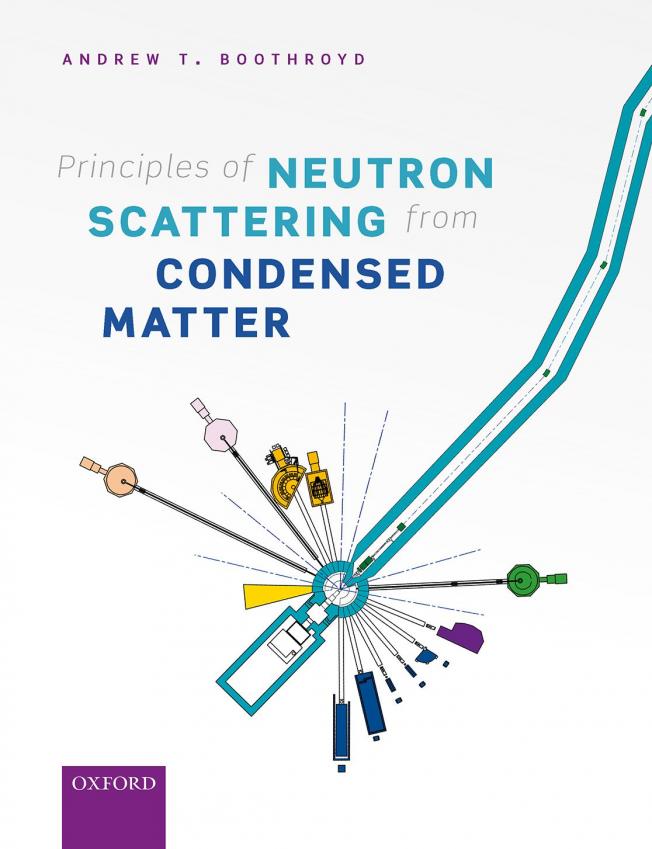An ideal Weyl semimetal induced by magnetic exchange
Physical review B: Condensed matter and materials physics American Physical Society 100 (2019) 201102(R)
An ideal Weyl semimetal induced by magnetic exchange
Physical Review B: Condensed Matter and Materials Physics American Physical Society (2019)
Abstract:
Weyl semimetals exhibit exceptional quantum electronic transport due to the presence of topologically-protected band crossings called Weyl nodes. The nodes come in pairs with opposite chirality, but their number and location in momentum space is otherwise material specific. Following the initial discoveries there is now a need for better material realizations, ideally comprising a single pair of Weyl nodes located at or very close to the Fermi level and in an energy window free from other overlapping bands. Here we propose the layered intermetallic EuCd$_2$As$_2$ to be such a system. We show that Weyl nodes in EuCd$_2$As$_2$ are magnetically-induced via exchange coupling, emerging when the Eu spins are aligned by a small external magnetic field. The identification of EuCd$_2$As$_2$ as a model magnetic Weyl semimetal, evidenced here by ab initio calculations, photoemission spectroscopy, quantum oscillations and anomalous Hall transport measurements, opens the door to fundamental tests of Weyl physics.Magnetic and electronic structure of Dirac semimetal candidate EuMnSb2
Physical Review B American Physical Society 100:17 (2019) 174406
Abstract:
We report an experimental study of the magnetic order and electronic structure and transport of the layered pnictide EuMnSb2, performed using neutron diffraction, angle-resolved photoemission spectroscopy (ARPES), and magnetotransport measurements. We find that the Eu and Mn sublattices display antiferromagnetic (AFM) order below T EuN = 21(1) K and T MnN = 350(2) K, respectively. The former can be described by an A-type AFM structure with the Eu spins aligned along the c axis (an in-plane direction), whereas the latter has a C-type AFM structure with Mn moments along the a -axis (perpendicular to the layers). The ARPES spectra reveal Dirac-like linearly dispersing bands near the Fermi energy. Furthermore, our magnetotransport measurements show strongly anisotropic magnetoresistance and indicate that the Eu sublattice is intimately coupled to conduction electron states near the Dirac point.Magnetic structure and excitations of the topological semimetal YbMnBi2
Physical Review B American Physical Society 100:14 (2019) 144431
Abstract:
We investigated the magnetic structure and dynamics of YbMnBi2, with elastic and inelastic neutron scattering, to shed light on the topological nature of the charge carriers in the antiferromagnetic phase. We confirm C-type antiferromagnetic ordering of the Mn spins below TN = 290 K and determine that the spins point along the c axis to within about 3◦. The observed magnon spectrum can be described very well by the same effective spin Hamiltonian that was used previously to model the magnon spectrum of CaMnBi2. Our results show conclusively that the creation of Weyl nodes in YbMnBi2 by the time-reversal symmetry-breaking mechanism can be excluded in the bulk.Magnetic structure and excitations of the topological semimetal YbMnBi2
PHYSICAL REVIEW B 100:14 (2019) ARTN 144431


